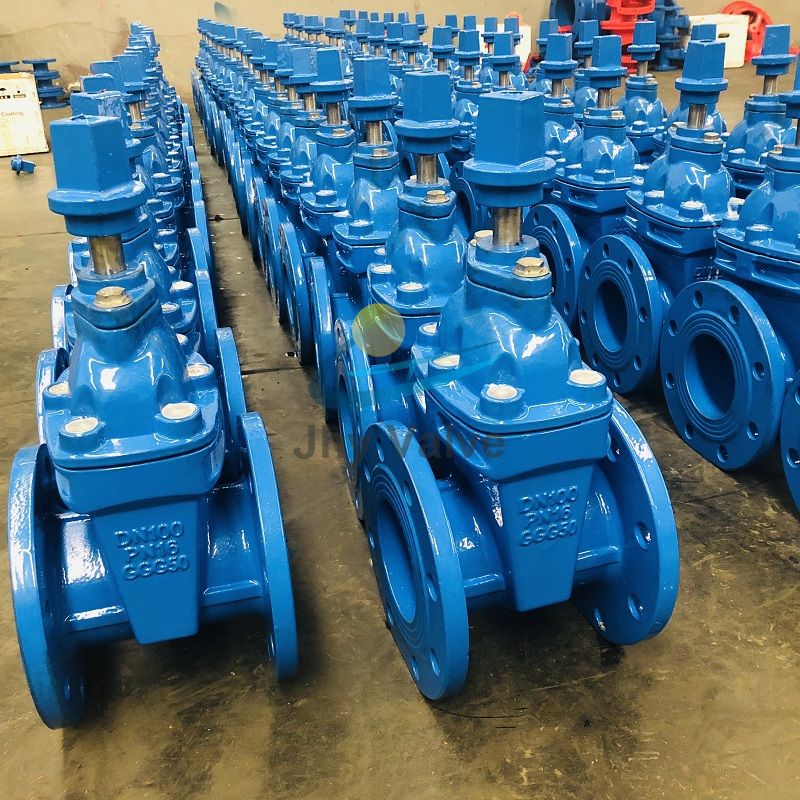Underground gate valves play a critical role in regulating the flow of fluids, such as water, gas, and oil, in underground piping systems. Selecting the appropriate gate valve is essential to ensure efficient and reliable operation, as well as to minimize maintenance and repair costs. This article will guide you through the factors to consider when choosing the right underground gate valve.

There are different types of gate valves available, including rising stem gate valves and non-rising stem gate valves. Rising stem gate valves are easily identifiable by their visible stem that moves up and down as the valve is opened or closed. Non-rising stem gate valves, on the other hand, have a stem that remains stationary while the gate moves up and down. Consider the space limitations in your underground system and select the appropriate valve type accordingly.
The choice of valve material is crucial to ensure longevity and resistance to corrosion. Common materials used for underground gate valves include ductile iron, cast iron, stainless steel, and brass. Evaluate the properties of the fluid being transported, such as acidity, temperature, and pressure, and choose a valve material that can withstand these conditions. Additionally, consider the potential for soil corrosion in underground environments and select a valve with suitable protective coatings.
Selecting the correct valve size is essential to maintain optimal flow rates and prevent excessive pressure drops. Consider the diameter of the pipeline, flow requirements, and the expected pressure in the system. Gate valves are typically available in a range of sizes, and it is important to choose a valve that matches the requirements of your specific application. Additionally, ensure that the selected valve has a pressure rating that is suitable for the operating conditions to avoid any potential failures.
Gate valves come with different end connection options, such as flanged ends, threaded ends, or grooved ends. The choice of end connection depends on the piping system and its compatibility with existing infrastructure. Flanged connections are commonly used in larger pipelines, while threaded or grooved connections are suitable for smaller pipes. Consider the ease of installation and maintenance when selecting the appropriate end connections.
Assess the operational requirements of your underground system to determine the necessary features of the gate valve. Factors to consider include manual or automated operation, whether remote control is needed, and the frequency of valve operation. Automated gate valves may be preferred for large-scale systems or when frequent adjustments are required. Additionally, consider the accessibility of the valve for maintenance and repair purposes.
Ensure that the chosen gate valve complies with relevant industry standards and certifications. Look for valves that meet international standards such as API, ANSI, or ISO, as they undergo rigorous testing and are more likely to deliver reliable performance. Additionally, consider certifications specific to your industry, such as NSF for drinking water applications or ATEX for hazardous environments.
Choosing the right underground gate valve is a critical decision that impacts the performance and reliability of your underground piping system. Consider factors such as valve type, material, size, pressure rating, end connections, operational requirements, and compliance with industry standards. By carefully evaluating these factors and consulting with industry experts, you can select a gate valve that ensures efficient fluid flow, minimizes maintenance requirements, and maximizes the lifespan of your underground system.
Copyright:@2020-2021
Comments Please sign in or sign up to post.
0
0 of 500 characters used